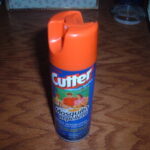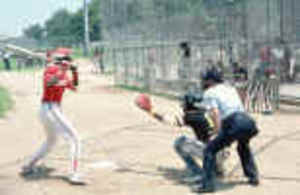Summer is upon us, and now is the time that people will go off to their favorite wooded areas for camping and fishing trips. One of the greatest concerns for these campers, among other things, is the tick, a small arachnid that is known for carrying such things as Lyme disease. Here is what to do to deal with ticks.
Prevention is key. Ideally you will want to be using some kind of insect repellent, such as Off!, that can repel ticks and other insects that could cause discomfort. Since ticks are attracted to warm areas, its important to try and keep access to those areas off. Of course in the heat of summer this would be highly uncomfortable, but you can tie off your sleeves of your shirt – just make sure you are comfortable – to try and keep them from getting you.
Of course, all the prevention in the world can not prevent everything, and a tick bite can happen. In these cases there are several methods to remove a tick that has attached itself to you.
Ideally, if you can see the tick or have someone who can (in case it attached itself to your back), you will want to try and remove the tick with a pair of tweezers. When you do remove it, try and make sure that you get the tick and its sucker off of you. DO NOT try and remove the tick by the abdomen, this will increase the chance that anything that the tick has (Lyme disease) will get injected into your bloodstream. Remove it from the mouth if at all possible.
Of course, ideal situations hardly occur. If you can see the tick, but have no tweezers, you can try removing it via a match. Being attracted to the heat, it may very well drop off. DO NOT try to pop the tick with the match, that will only complicate its removal, plus you’ll have a mess of blood on you. Hold the match so that the flame is 2-3 inches from the ticks abdomen. I’ve tried this and it worked, but the key is that you are not trying to kill the tick, you are just trying to get it off.
Moist tobacco, or viscous liquids such as motor oil (not that many people carry it around with them on camping trips, but you never know), will do the job as well, killing the tick, but these should be a last resort, as the tick may actually burrow itself deeper in an attempt to get away from whatever it is that you applied, making removal even harder.
Once removed, examine the bite area for any signs of the head or mouth still being in the wound. If there is, try and remove it with a pair of tweezers. Clean the bite off with hydrogen peroxide or clean water and soap, and examine the bite over the next several days for signs of infection. If a rash appears, get to a doctor immediately, as this is typically a sign of Lyme disease.




